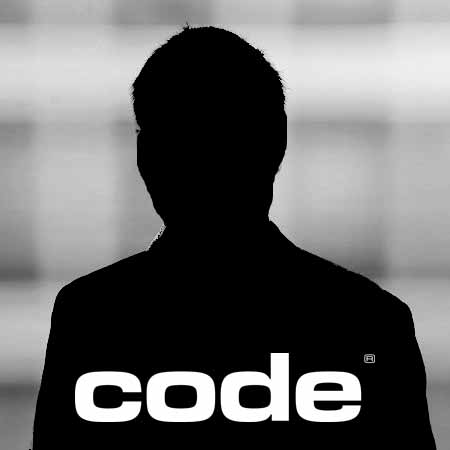What are the Most Common Barcode Types?
Find out in this quick read which barcode formats are used most frequently and why
Barcodes are everywhere we look on ads, supermarket items, packages, letters, tickets, and boarding passes. But the variety of formats these codes come in and the different purposes they serve? It's something many of us probably haven't spent much time pondering.

Much has changed since the invention of the simple linear barcode over 70 years ago. Today, there are hundreds of barcode configurations and virtually limitless applications for them. However, only roughly 30 barcode formats also called symbologies are widely in use. These codes fall within two broad categories: one-dimensional (1D) and two-dimensional (2D).
Classic 1D barcodes for retail, tracking and inventory
1D barcodes can be further divided into two subtypes those designed to encode solely numeric data and those designed to encode both letters and numbers. 1D formats use the original linear barcode design with parallel lines in varying widths and varying amounts of space between lines.
Today's most commonly used numeric barcode formats include:
Universal Product Code (UPC): Consumers in the United States, United Kingdom, New Zealand, and Australia are accustomed to seeing the UPC on products at the supermarket and other retail environments. These codes accelerate checkout, streamline inventory processes and allow for product tracking from production to distribution.
European Article Numbering (EAN): The EAN symbology is similar to the UPC, but it's used primarily in Europe. This high-density design encodes a large amount of data in a tiny area, making it ideal for small items.
Postal Numeric Encoding Technique (POSTNET): The United States Postal Service directs mail and flags errors with POSTNET barcodes. Ranging anywhere from 32-62 bars in length, this symbology uses both short and tall bars to encode data.
Commonly used alphanumeric barcode types include:
Code 39: The first alphanumeric barcode symbology, Code 39 is also the most frequently used format in non-retail applications, including for inventory in the automotive and defense industries.
MSI Plessey: Named by the MSI Data Corporation, this format is based on the Plessey Code, which originated in the United Kingdom. Libraries, retail locations, warehouses, and storage facilities in the United States use this symbology for labeling, tracking, and inventory.
Code 128: Offering a broader character set, the Code 128 symbology is often selected for newer applications that previously would have used a Code 39 format. Code 128 includes digits 0-9, all uppercase and lowercase letters, and all ASCII symbols.

2D barcodes for greater data storage and enhanced error-protection
Invented in 1994 to track parts and products in factories, 2D codes are now used in myriad ways and since many can be read by smartphones in virtually any environment. Designed with black-and-white dots that create various 2D symbols and shapes, these formats can encode more data per unit area than 1D codes. Plus, 2D barcodes have error-protection formulas for keeping data scannable despite scratches, tears or other damage.
The 2D barcode types most frequently in use include:
Quick Response (QR): Found on business cards, signs, ads, and other consumer-facing materials, the QR code format offers flexibility in size, quick readability, and high fault tolerance. These codes can be read by any device with scanning capabilities, including smartphones.
Portable Data File 417 (PDF417): Designed to encode vast amounts of data, the PDF417 format is one of the most powerful 2D symbologies. These barcodes can store photos, signatures, and fingerprints, making them ideal for identification cards and licenses.
Aztec: Aztec codes can also store massive amounts of data. Plus, these codes offer the advantage of taking up less space than other 2D formats they don't require a blank "quiet zone" around them. The transportation industry often uses Aztec barcodes for ticketing and boarding passes.
Datamatrix: Datamatrix barcodes have a tiny footprint and are designed for easy readability and strong fault tolerance. These codes are typically used to label very small items, including electronic components.
What barcode type is best for your organization?
If your industry doesn't have a standard barcode format already established, the following factors are helpful to consider.
- Use cases. Will your barcodes be used for scanning items at a retail point-of-sale? For inventory purposes? For ticketing or licensing?
- Data type and amount. What type of data do you need to encode? How much data do you need to encode in each label?
- Printing material. What type of material will you be printing your barcodes on?
- Size. How much space do you have on your items for printing codes?
- Character sets. Do you need to encode numeric characters? Alphanumeric characters?
Looking for additional guidance? For more than two decades, Code Corporation has been working with customers across industries to identify the data capture solutions for the barcodes used in their industries. Contact us at Code for help choosing and implementing a barcode scanning system that's optimal for your organization.






